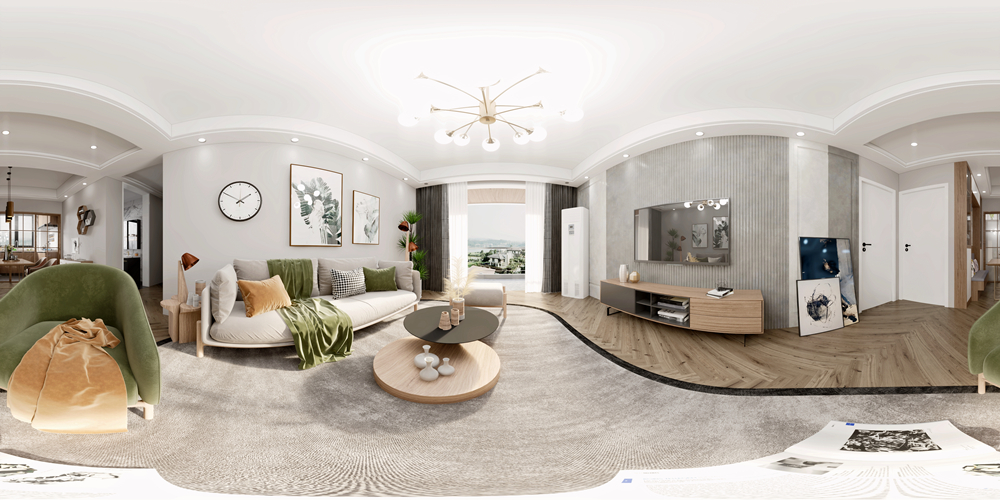
Transforming Images into Breathtaking Panoramas: A Digital Marvel
In the dynamic world of digital imagery, the concept of "image to panorama" has emerged as a revolutionary technique that unlocks new visual horizons. A panorama, with its ability to offer an expansive, immersive view, has long captured the human imagination. Thanks to technological advancements, converting a simple image into a stunning panorama is now more accessible than ever.

The process of creating a panorama from an image involves several intricate steps. First, software algorithms analyze the content of the input image. They identify key features, such as edges, textures, and color gradients. This initial analysis is crucial as it helps in understanding the spatial relationships within the image. For example, if the image is of a landscape with a series of mountains in the background and a meadow in the foreground, the algorithm needs to accurately determine how these elements fit together to create a seamless panoramic view.
Once the features are identified, the software begins the stitching process. This is where the magic truly happens. Multiple images, or parts of a single image, are carefully aligned and merged. In the case of creating a panorama from a single image, the software might "unwrap" the image, stretching and distorting it in a mathematically precise way to expand the view. For instance, if the original image is a close - up of a city street corner, the software can extend the sides, adding adjacent buildings and the continuation of the street, creating a wide - angle panorama that gives a more comprehensive sense of the area.
The applications of image - to - panorama technology are vast. In the travel and tourism industry, it has become a powerful tool. Tourist brochures and websites can now feature panoramic views of popular destinations, allowing potential travelers to virtually step into a location. A single image of a beach can be transformed into a panorama that showcases the entire coastline, from the crashing waves on one end to the palm - tree - lined shore on the other. This not only entices tourists but also provides them with a more accurate sense of the place.
In the field of real estate, panorama images are equally valuable. A real estate agent can take a single image of a living room and convert it into a panorama. This gives prospective buyers a complete view of the space, highlighting its size, layout, and flow. They can visualize themselves moving through the room, getting a much better understanding of the property than what a standard photo could offer.
Moreover, artists are also exploring the creative possibilities of image - to - panorama. They can take a unique, abstract image and turn it into an expansive panoramic artwork, playing with scale, perspective, and composition in new and exciting ways.
In conclusion, the ability to transform an image into a panorama has not only changed the way we perceive and interact with digital images but has also opened up a world of opportunities across various industries. It continues to evolve, promising even more stunning and immersive visual experiences in the future.